I love art. Not just looking either. I love reading about it, talking about it, I love the smell of the materials and it is one of the great and simple pleasures of life to buy a new brush (or a roll of canvas/blank sketchbook//new tube of paint/okayallnewartmaterialsarewonderful). I know with the Muddy Colors readers, I am not alone in this. It also means that my list of paintings that I love only grows longer as the years pass, but there are few paintings that stand above the others.
Spring by Lawrence Alma-Tadema is one of those paintings. I am fan of many of his paintings. I find his dedication to history and details appealing and fascinating. Tadema’s rendering of different textures is incredible and his willingness to tackle the insane and complex is singular.
I love paintings that give me:
- A sense of excellence
- A feeling of wonder
- A desire to learn more
- Inspiration
When a painting does all of these things it feels like there is a energy inside, right in the center of my chest that lifts my soul a little higher. There is nothing else like it. Spring does this for me.
Spring was completed by Tadema in 1894 (some sources say 1895) after 4 years of intermittent work and is 70 1/4 x 31 1/2 inches in size. Not a large painting when you consider all of the detail in the piece. In Victorian England, it was becoming the fashion to send kids out into the country to gather flowers on May 1st. This painting echos that contemporary scene.
It has been speculated that the scene depicts the Cerealia or Ambarvalia, but more recent scholarship leans towards it being a representation of the Floralia, wherein young girls were sent into the country to retrieve flowers and bring them back in procession to honor the goddess Flora and celebrate the coming of Spring. This was done right around the 1st of May as well. There is much that has been written and researched about Spring that I won’t relate here, but if you want to read a really in depth analysis, I will include a link at the end of the post.
Let’s take a look at some details from this amazing painting because this is one of those paintings that really rewards time spent examining the details.
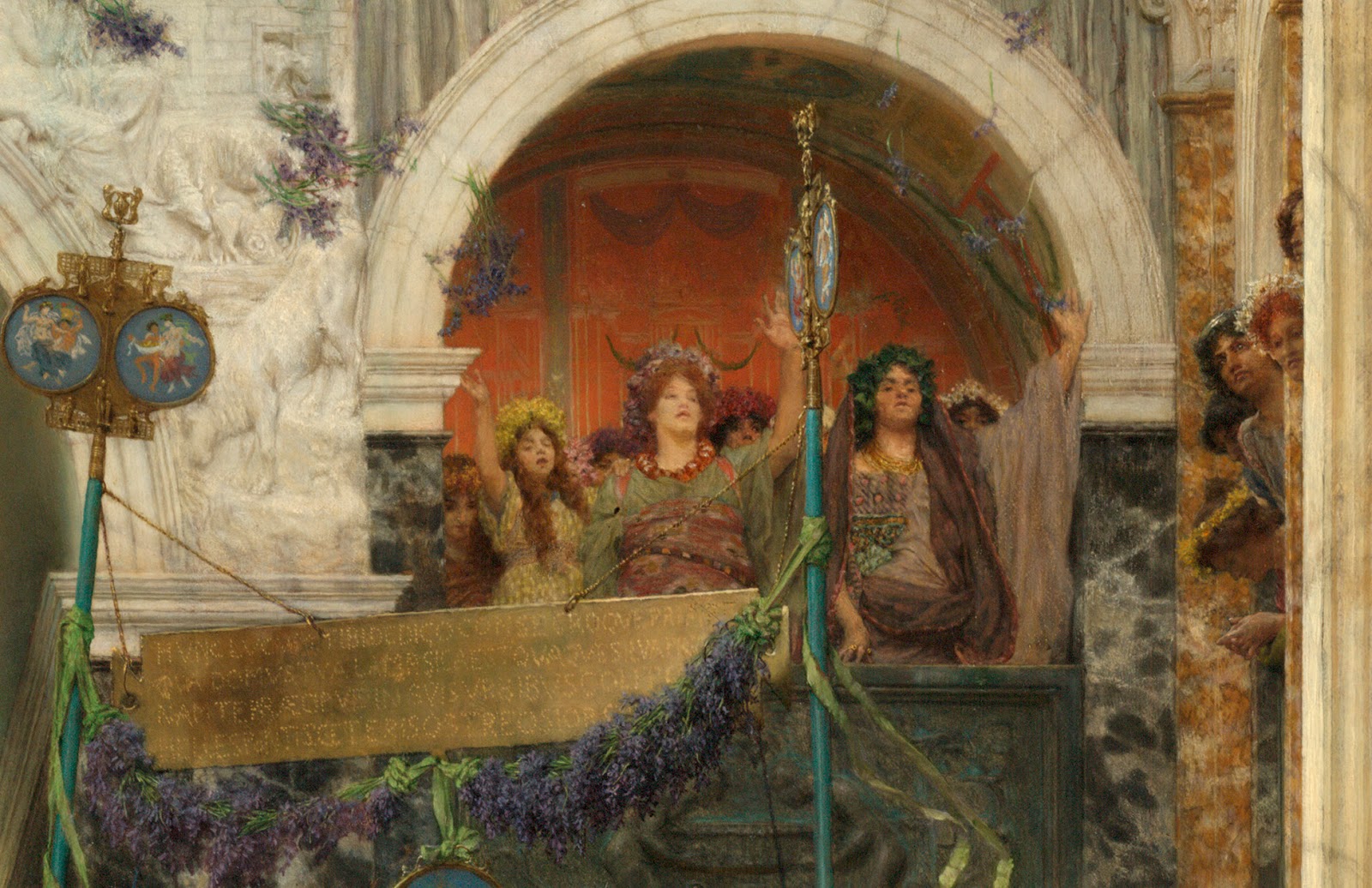 |
| Patrician class observing the procession from a “reviewing box.” |
There is so much content, so beautifully portrayed that you can find mini compositions within the larger piece that stand well on it’s own.
Be sure to click on these images to enlarge them. Some of the images are very large and have excellent detail.
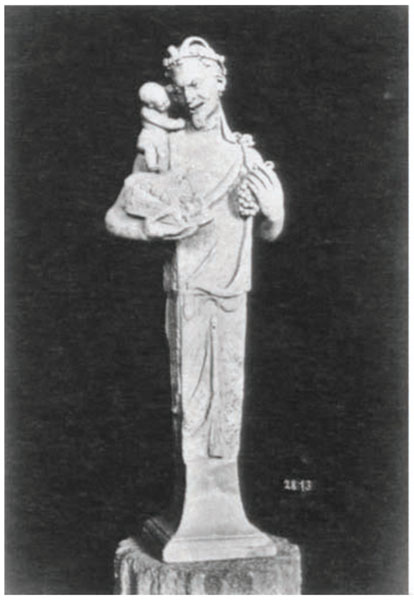 |
| Photo from Tadema’s collection |
The spandrel in the image above is usually the domain of deities, but here we see a sheep and a cow. It is thought that Tadema added this detail to represent April and May, or Ares and Taurus, the two months that straddle the Floralia festival depicted.
If you want to see this painting in person, it is in the Getty collection in Los Angeles. I managed to get a couple good shots while I was there that have some raking light and reveal a little more of the texture, both in the canvas and the paint strokes.
Again, large images, so be sure to download or give them a click with your browser full screen to see the detail.
Would you like a huge copy of this painting? You can go to the Getty Museum site and download a 53 MB image, almost 10,000 px tall. Click here. Under the small thumbnail on the page you will see the download link. Follow to instructions there to get the image file.
Also, here is the link I mentioned earlier to a very extensive analysis of the painting. Follow the link and you can read online or download a PDF.
Thanks for giving the post a read!


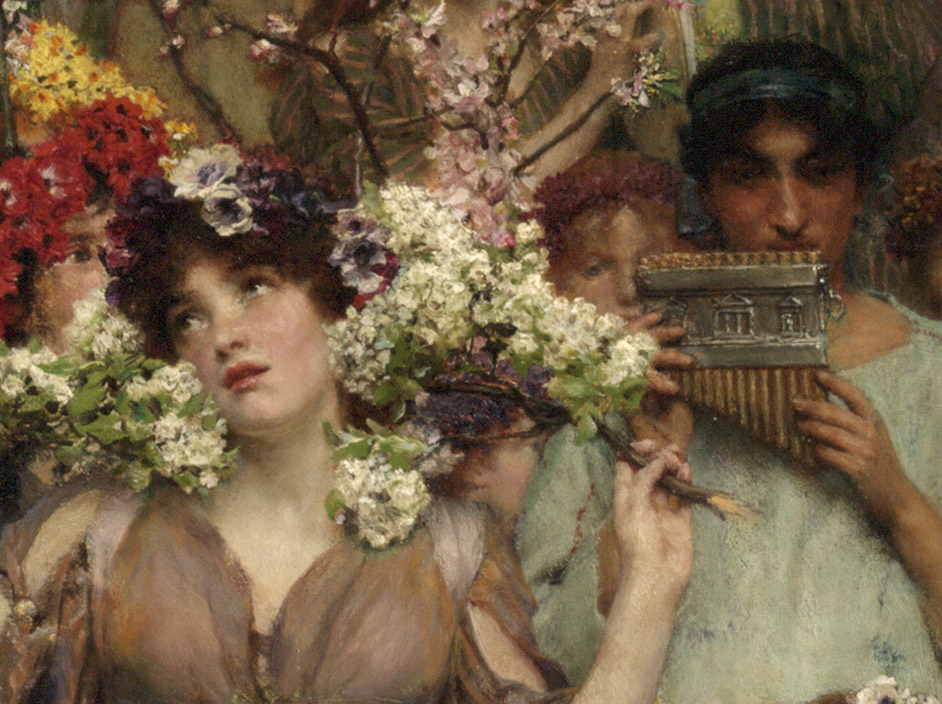
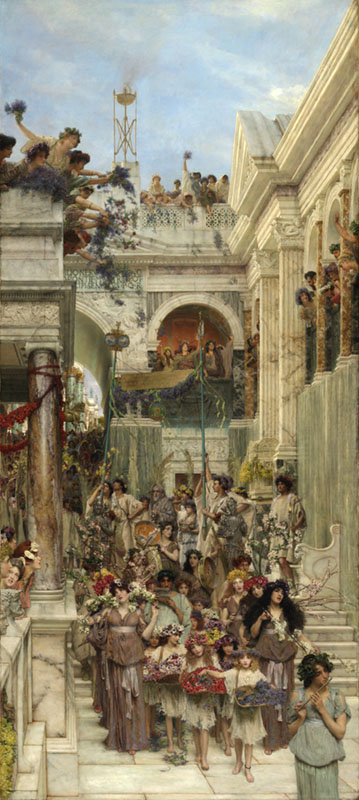
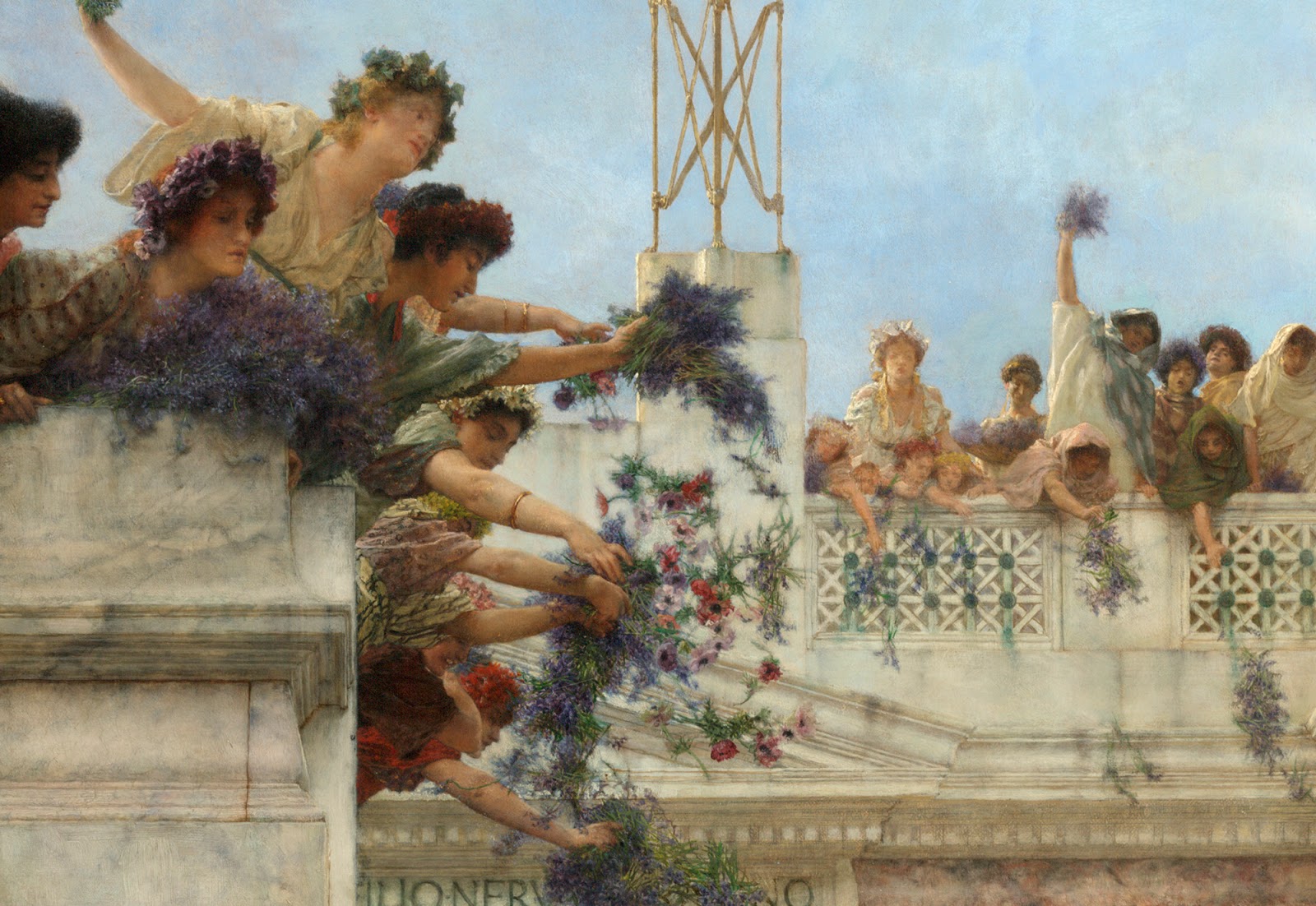
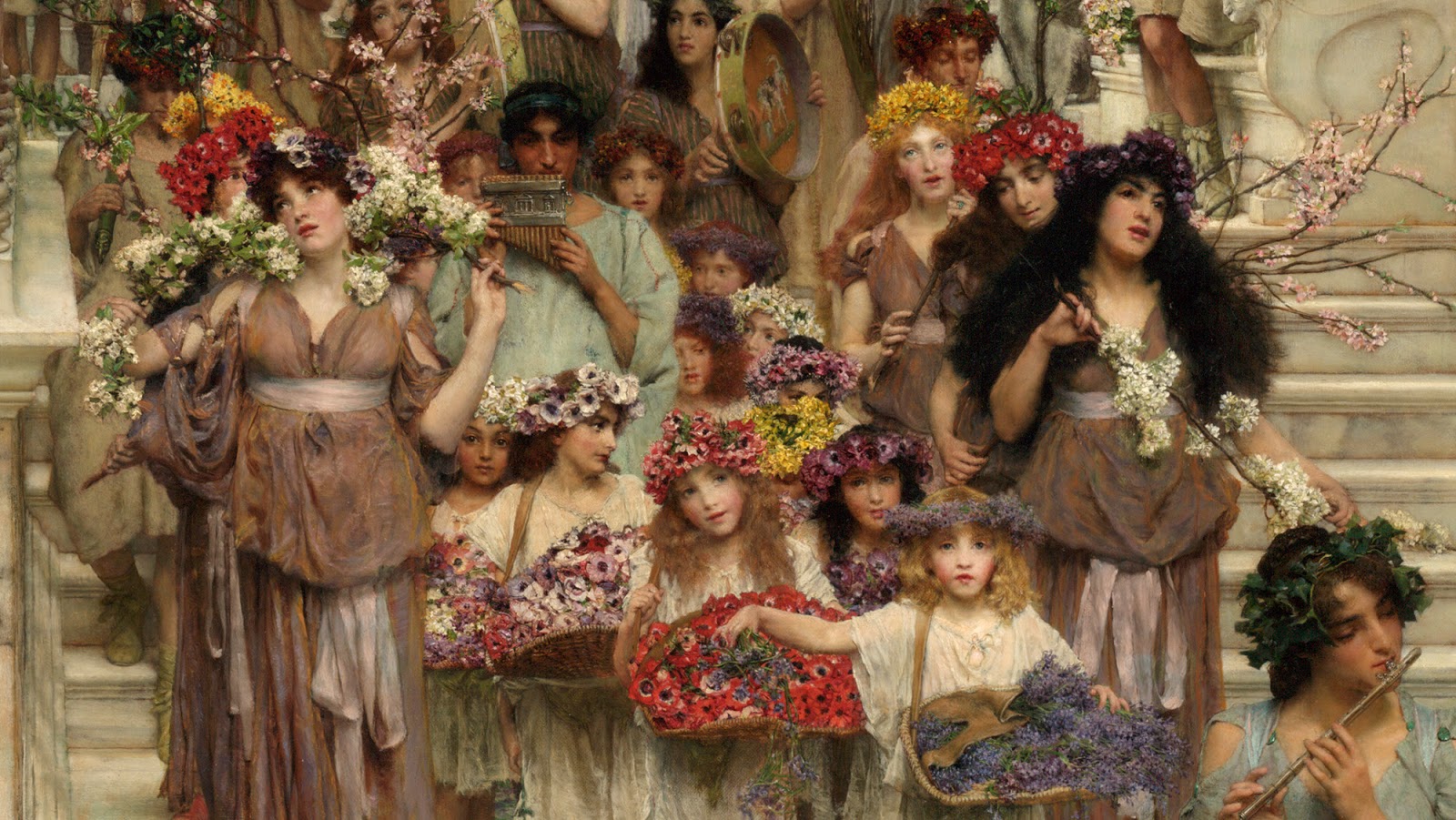
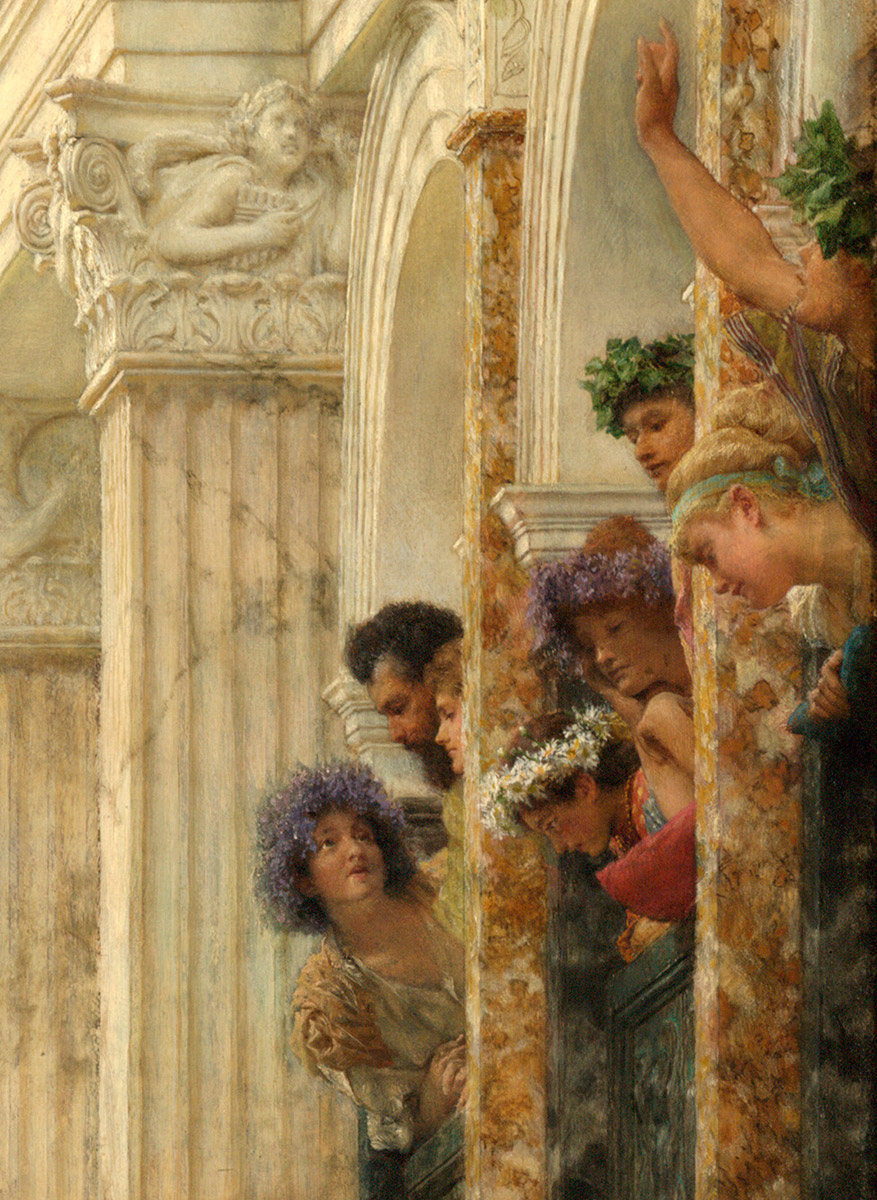

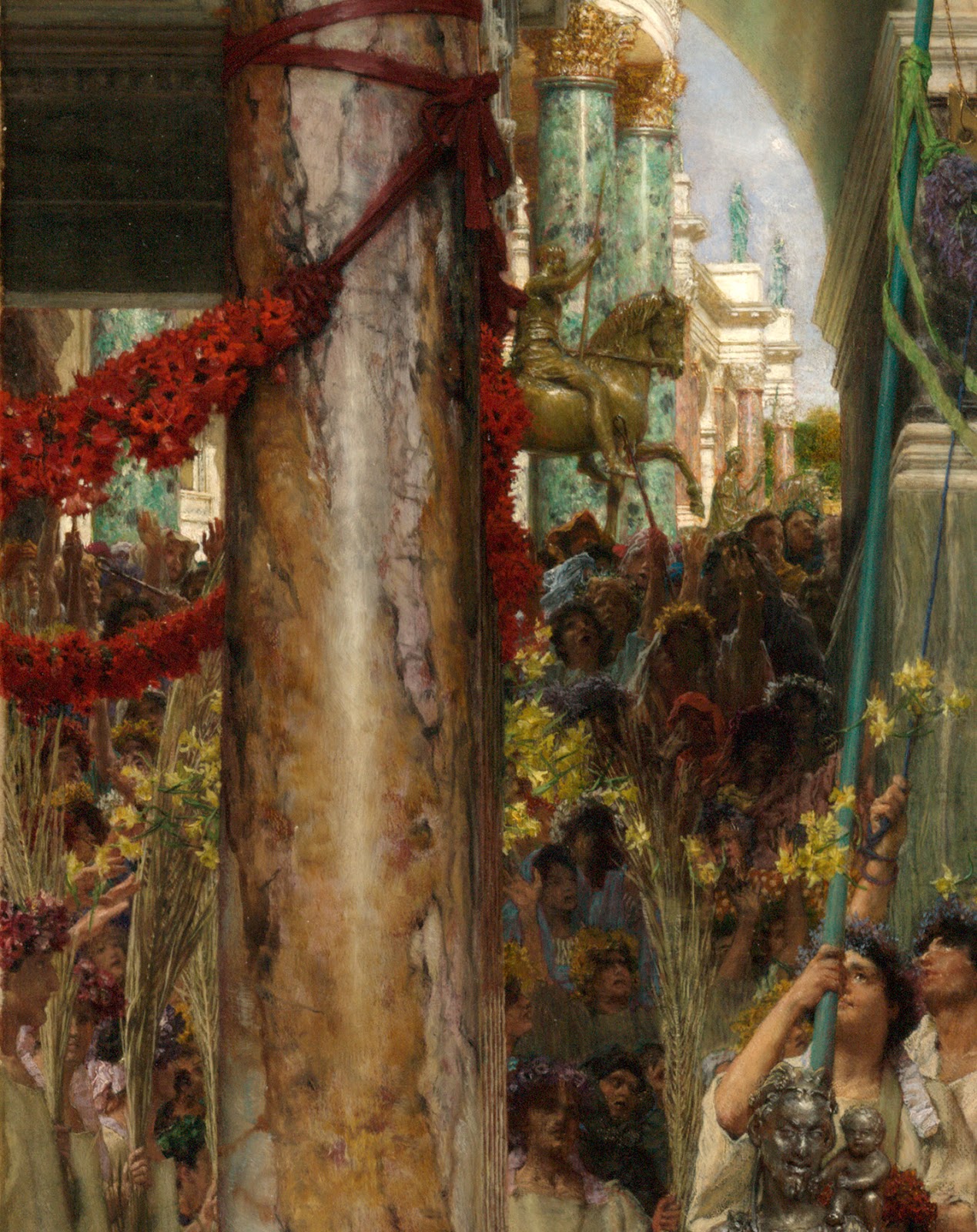


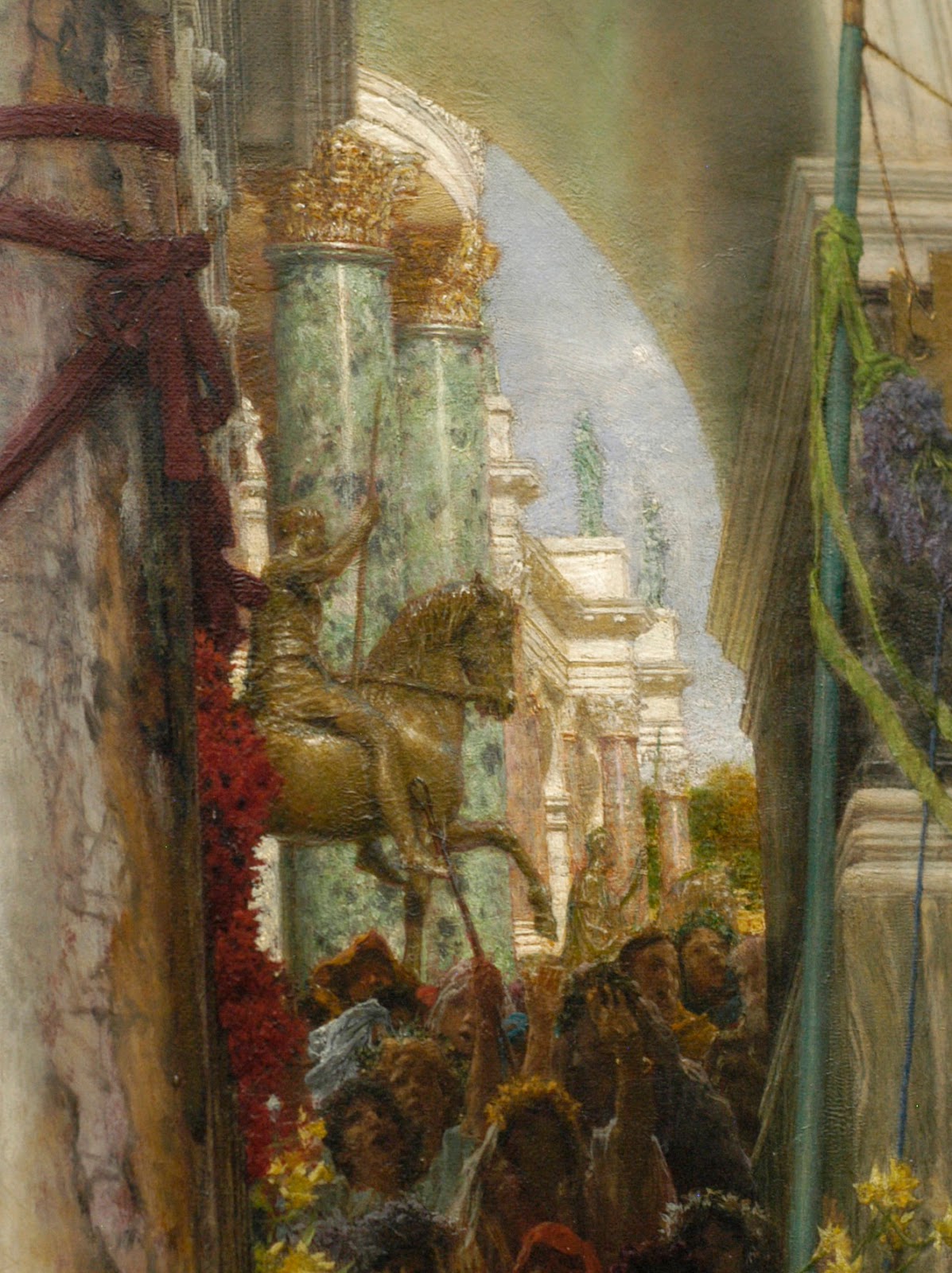
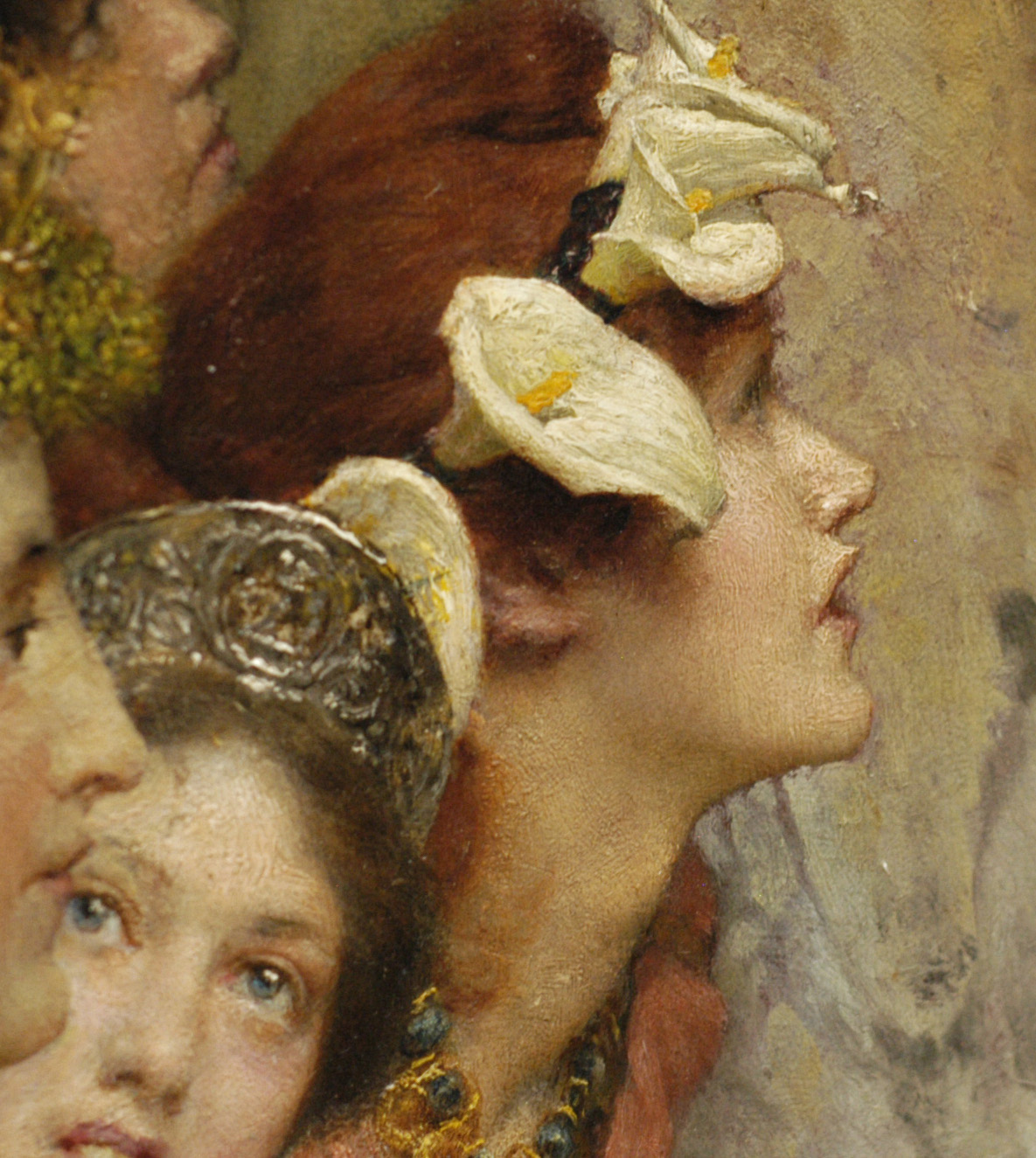
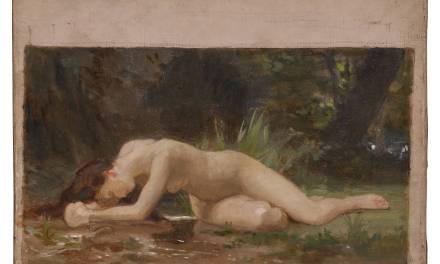
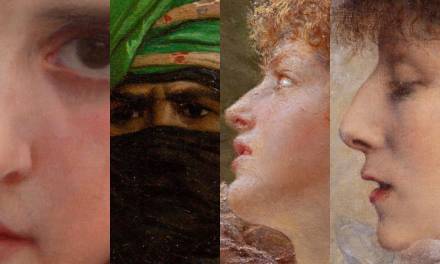



I am so grateful for your posts…I go back and revisit the 6 Artists one often. As someone without an art degree and just starting to dig into art history and artists everyone (but me) is familiar with, it can be difficult and overwhelming knowing where to start. In a big ocean of art, your posts like this have been great signposts to me as to where to dive in. Thank you!!
Howard, like I said before, I could tell this post was from you within the first sentence! Great work! I love this piece.
Thank you for posting this. I love Alma Tadema's work. Until I saw an article in Smithsonian, of all places, I had seen NOTHING of this 'historical story telling' school of Victorian painting. My art history classes only talked about the Impressionists and the other experimental, 'out there' art and ignored or derided the “mainstream” artists. They are beautiful, technically supurb (which is what is sneered at, as mere “illustration”) and delightful to contemplate. Tadema also painted some works based on the history of Gaul and the north which are tightly researched and beautiful, but his Roman work seems to have become his true love.
I've always been annoyed at the notion that illustration isn't as good as “fine art” – and “fine art” has become defined as some combination of ugly, irritating and obscure. Art's a lot more than that, and beauty should be celebrated and enjoyed.
Awe inspiring. Thanks Howard. The Getty link is also a real treasure!
Thank you for sharing that. I am glad that these posts have been useful! I have a few more like this one planned, so stay tuned!
I had you at “I love art.” 🙂
I really enjoy doing posts like this, even on just one painting. I really do them so that I can learn as much as possible about the artists or paintings. I found that when I write about a piece, describing what I really love about it, I see more than I would otherwise.
I am with you on the whole illustration/fine art thing as well!
Thanks runninghead! Always good to see your name pop-up on MC!
Thank you for sharing this painting and your thoughts about it.
They have a bunch of Alma-Tadema's paintings at the Walters art museum in Baltimore. They're really amazing to see in person, most of them are quite small.
You’ll get everything you want!!
Sell your Artwork